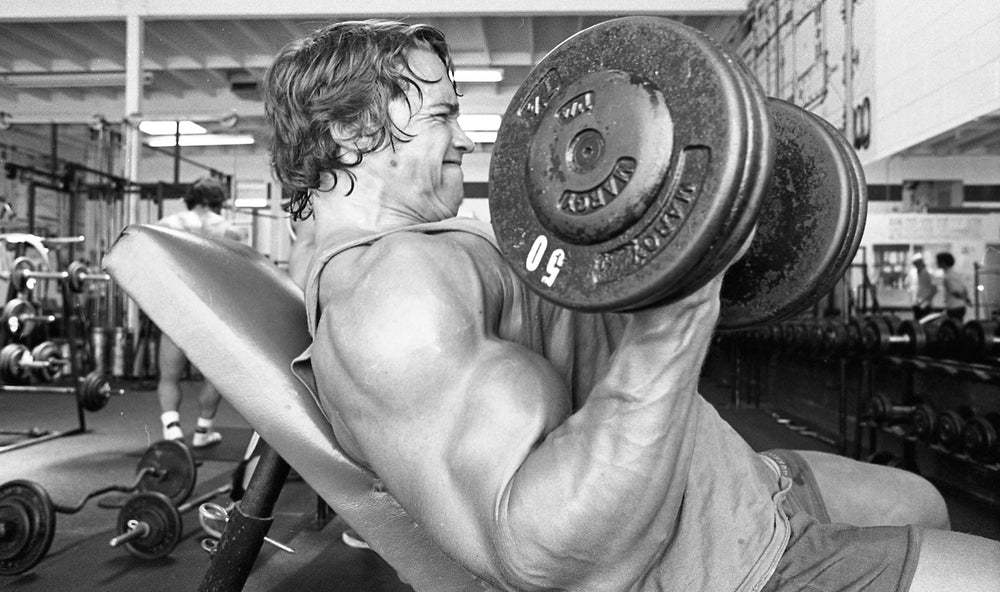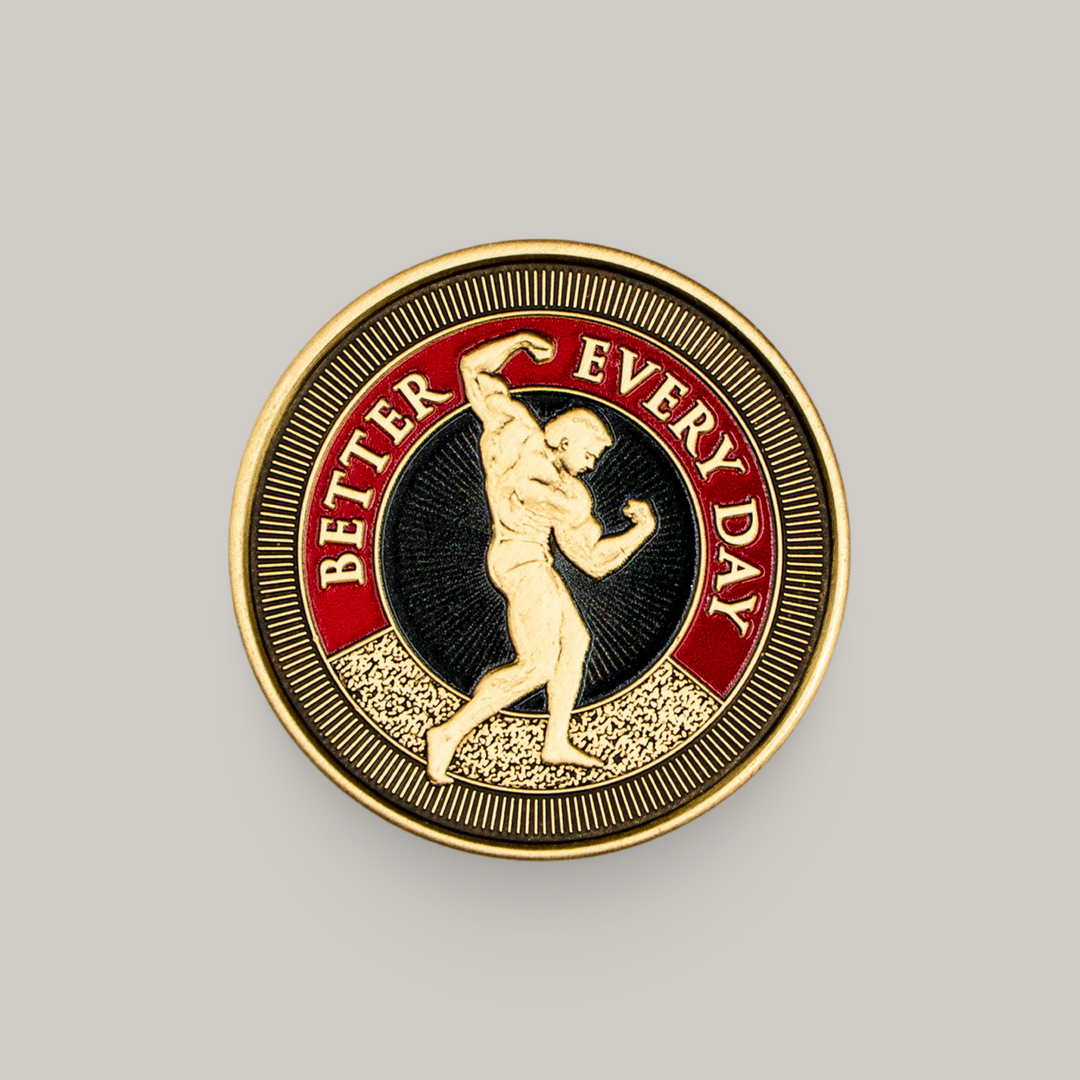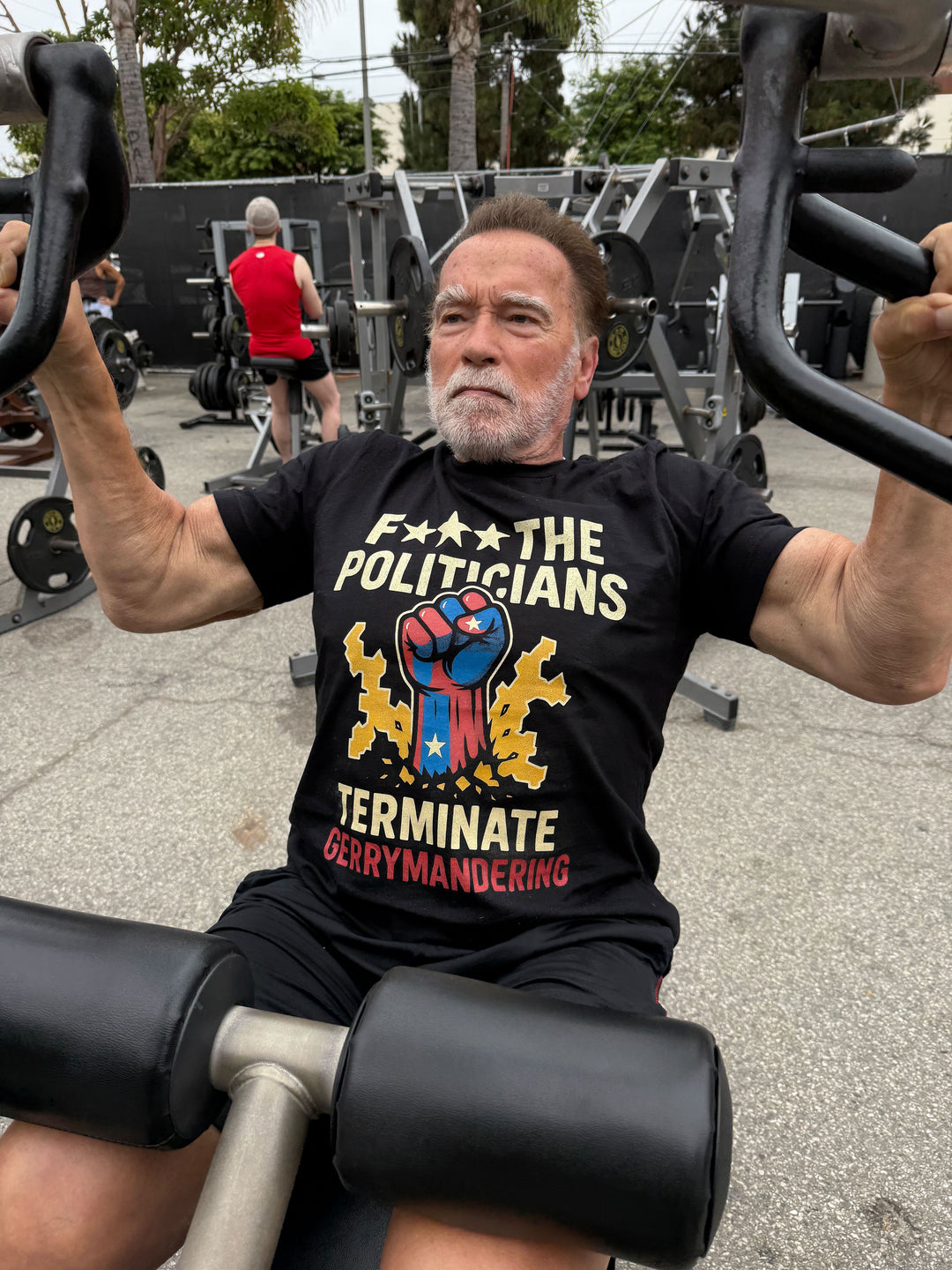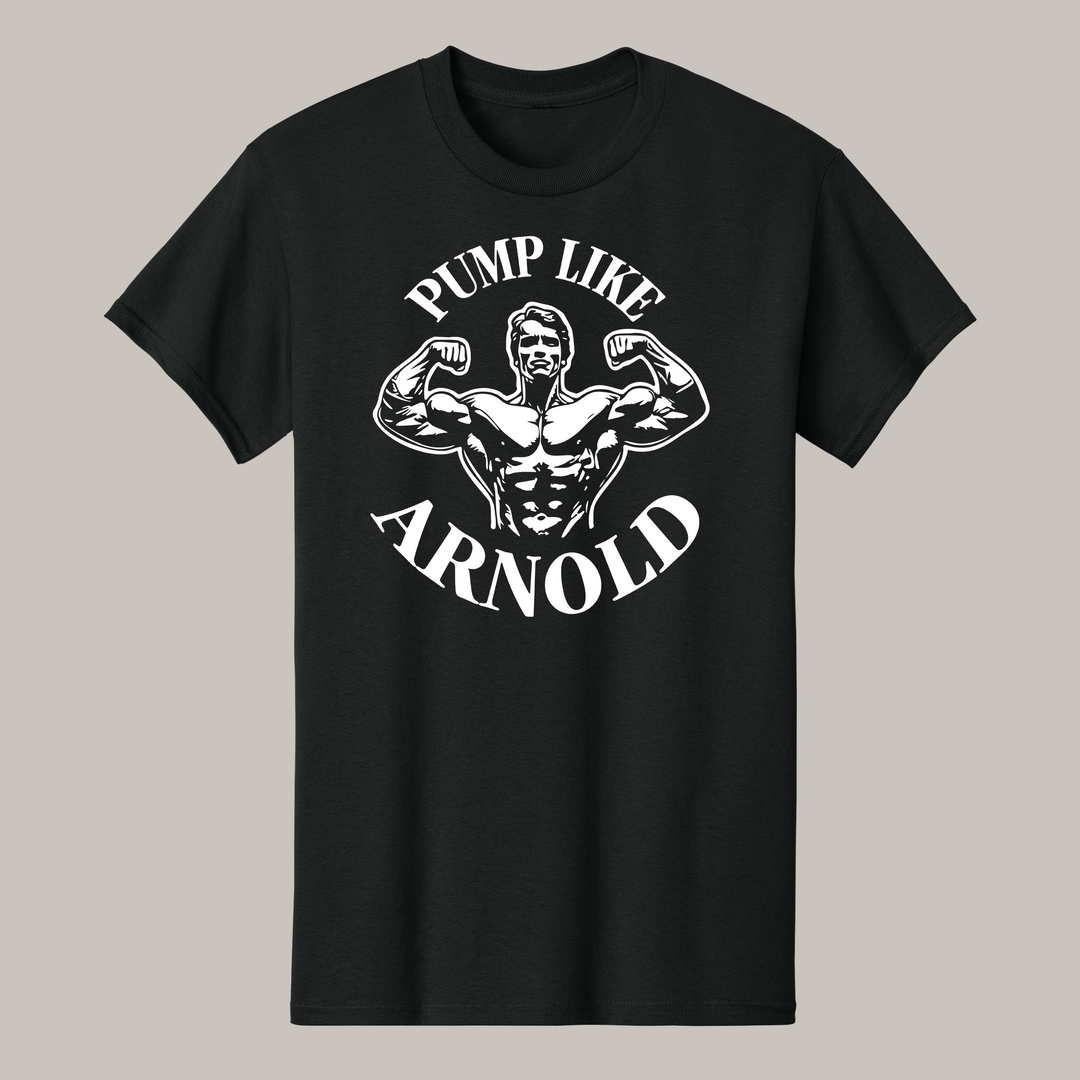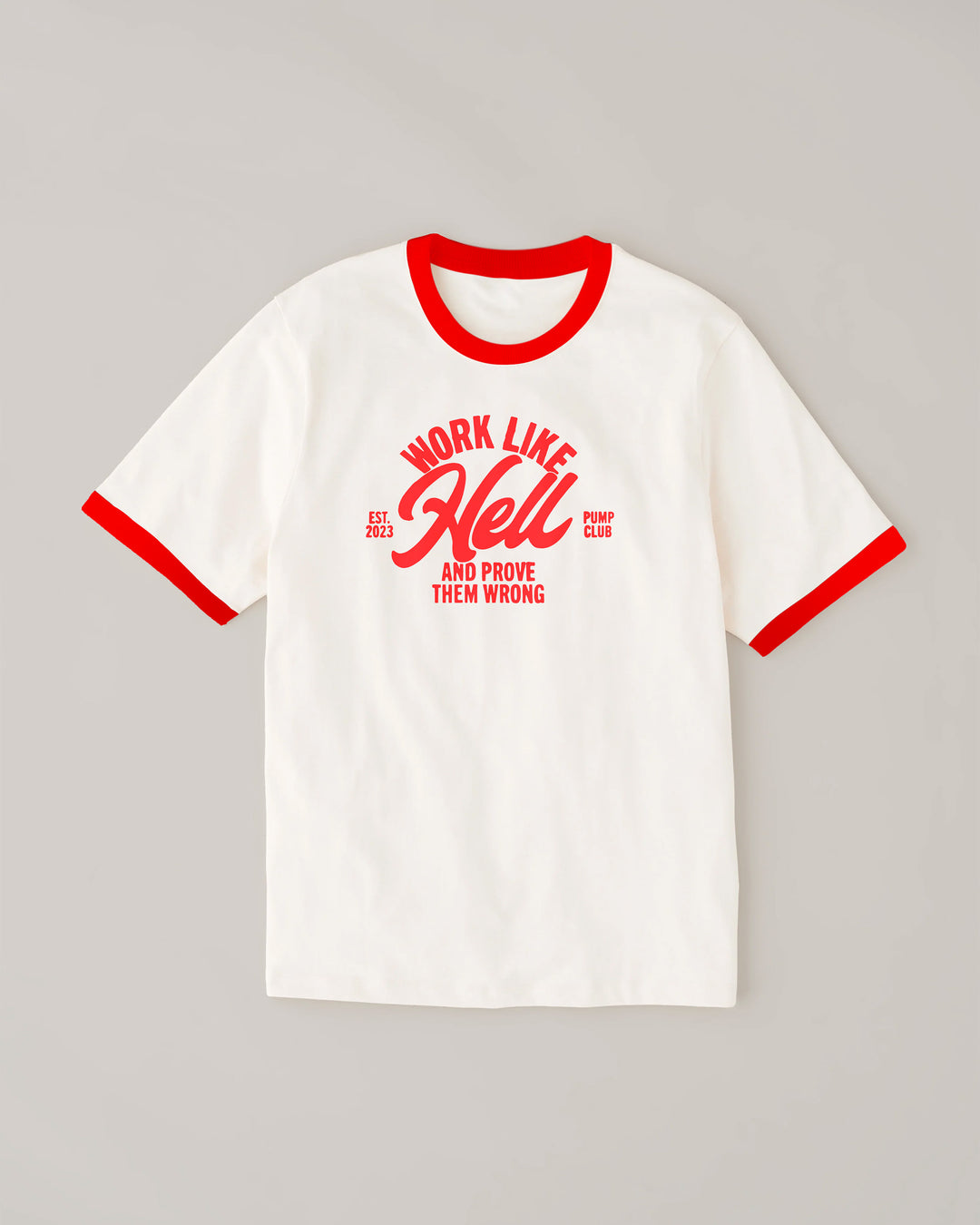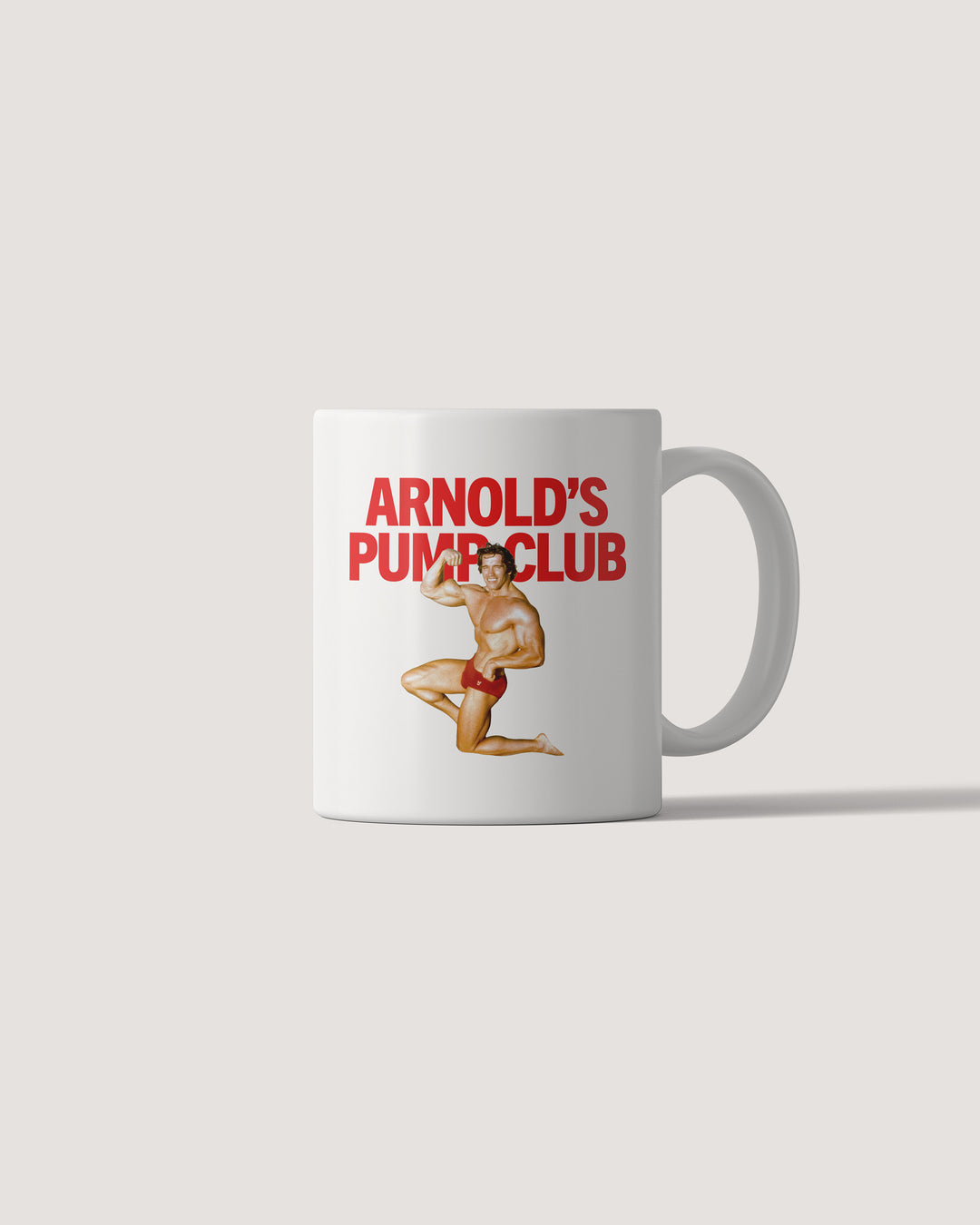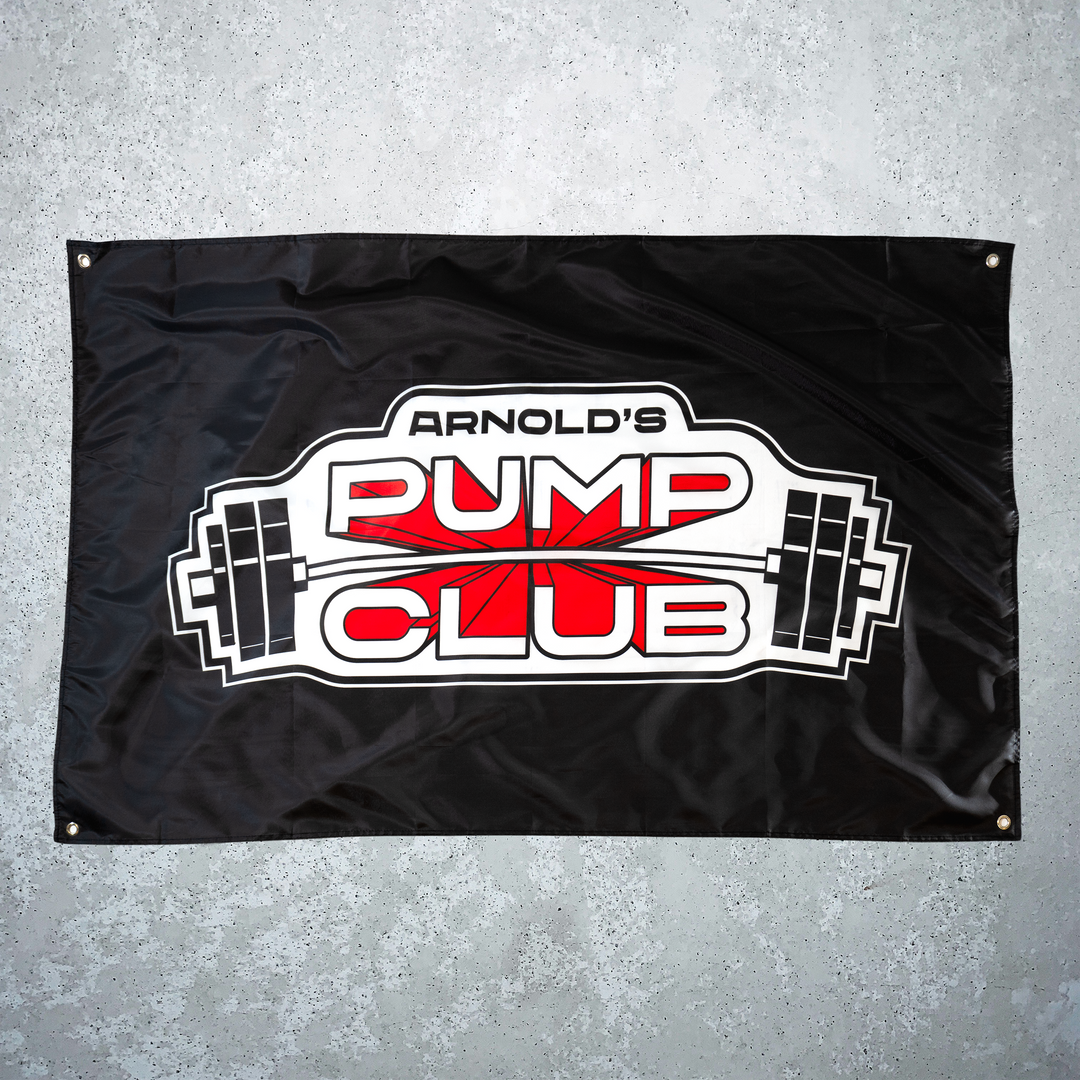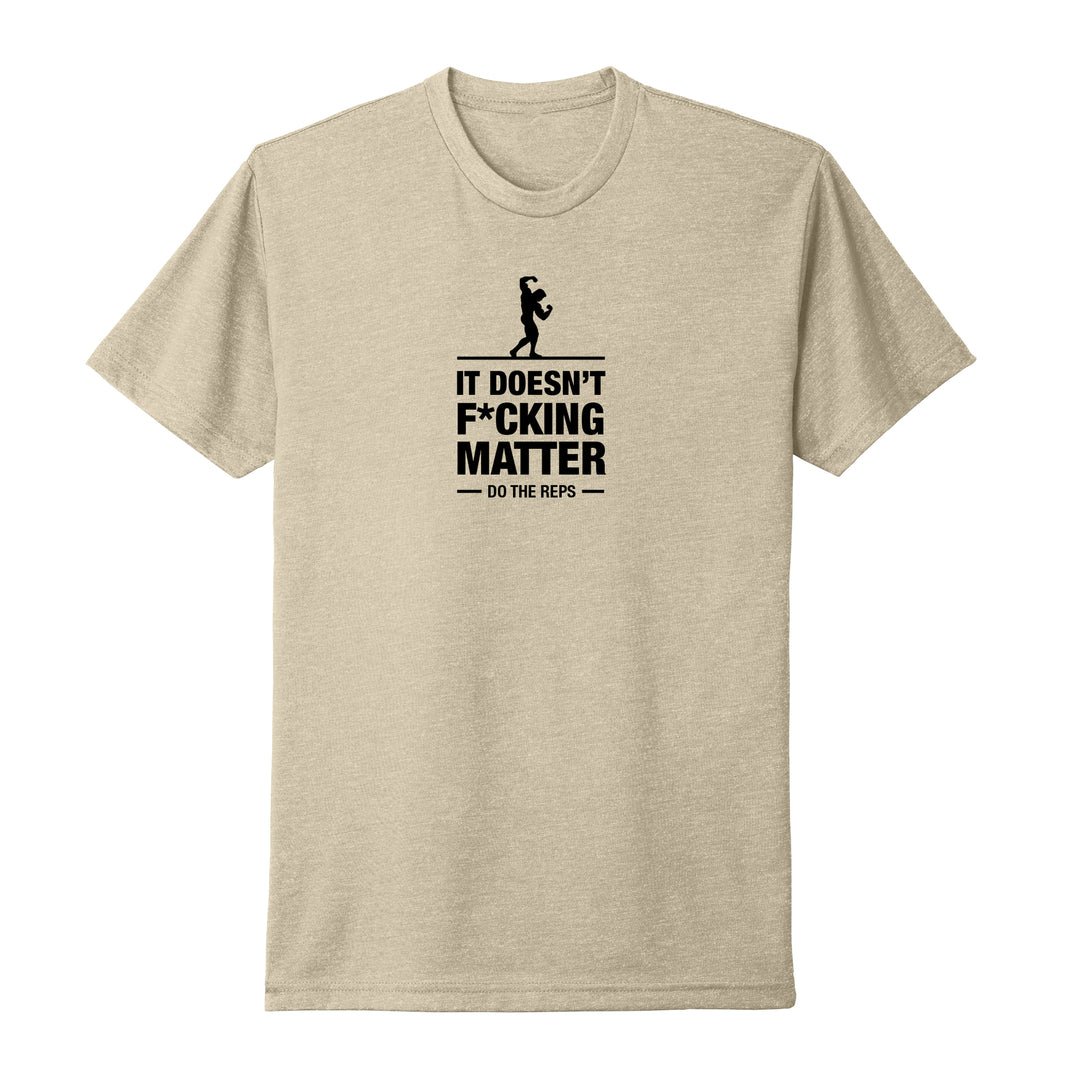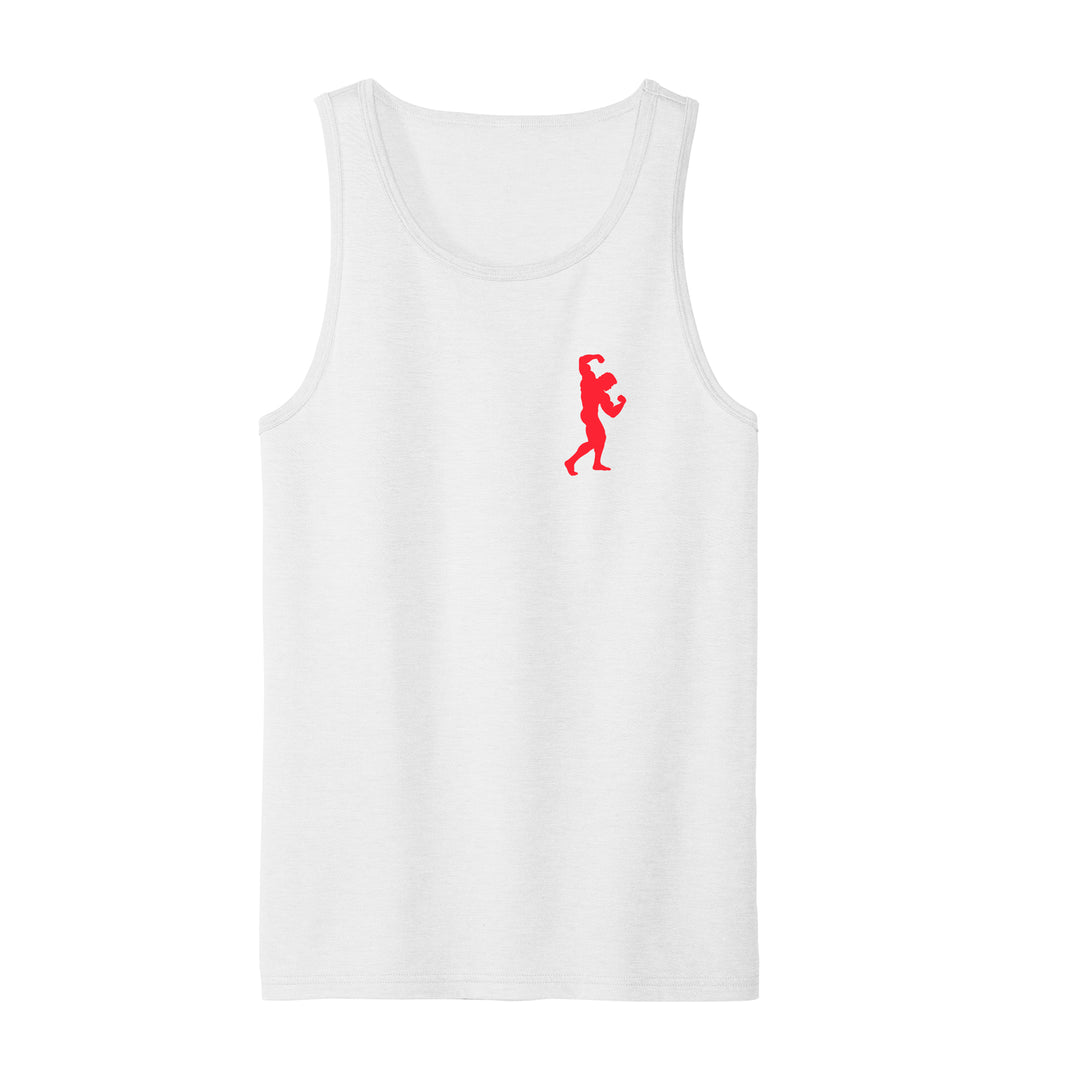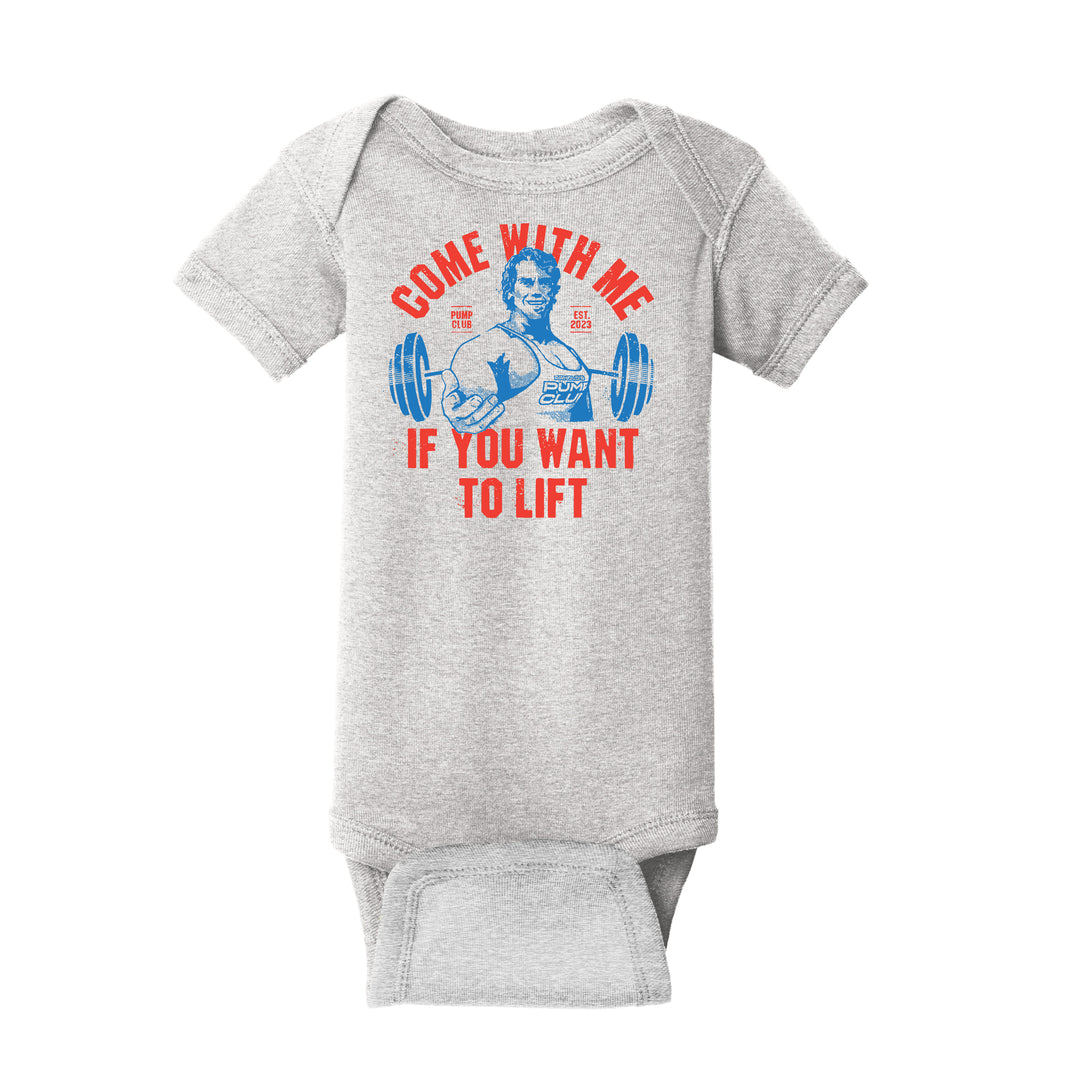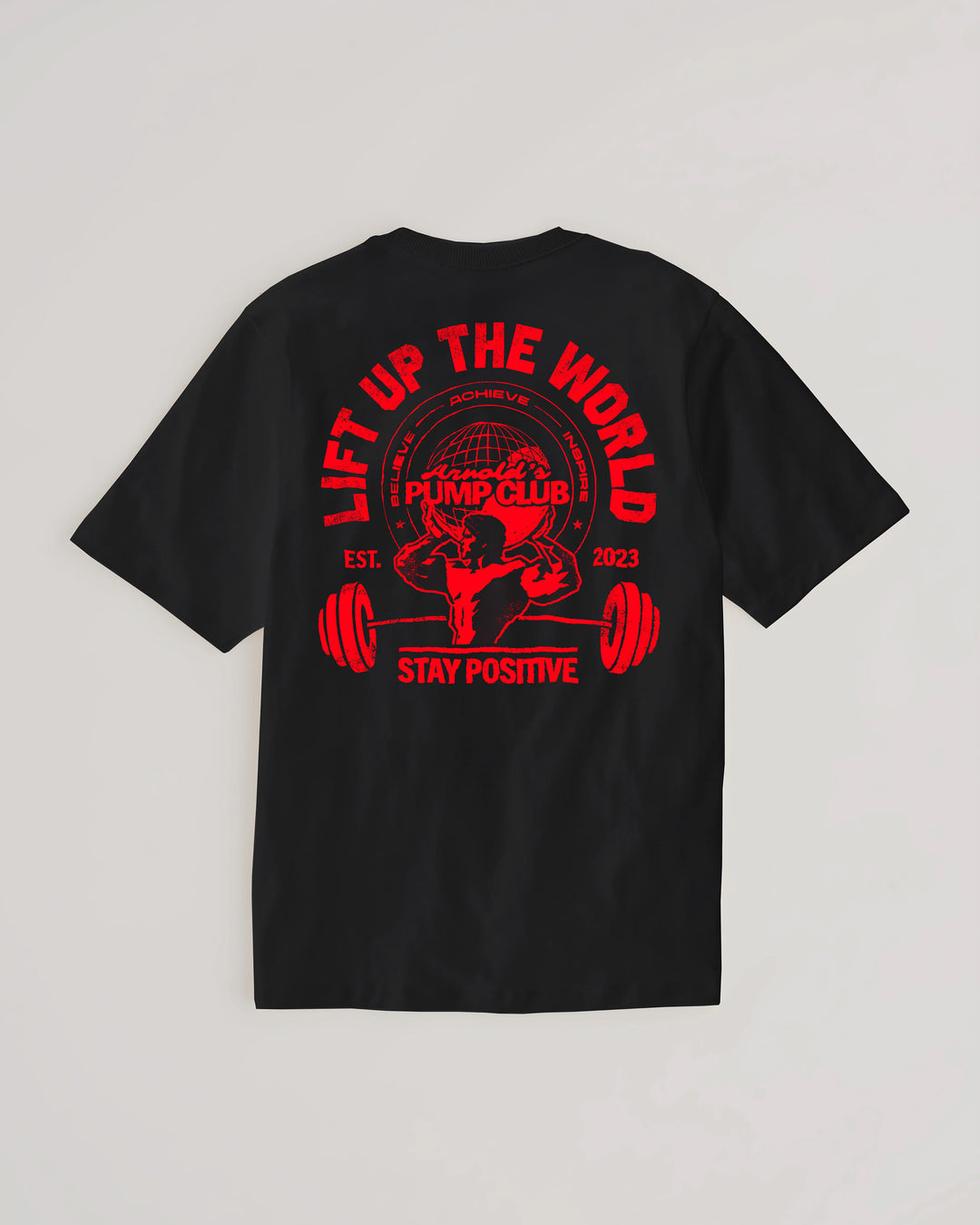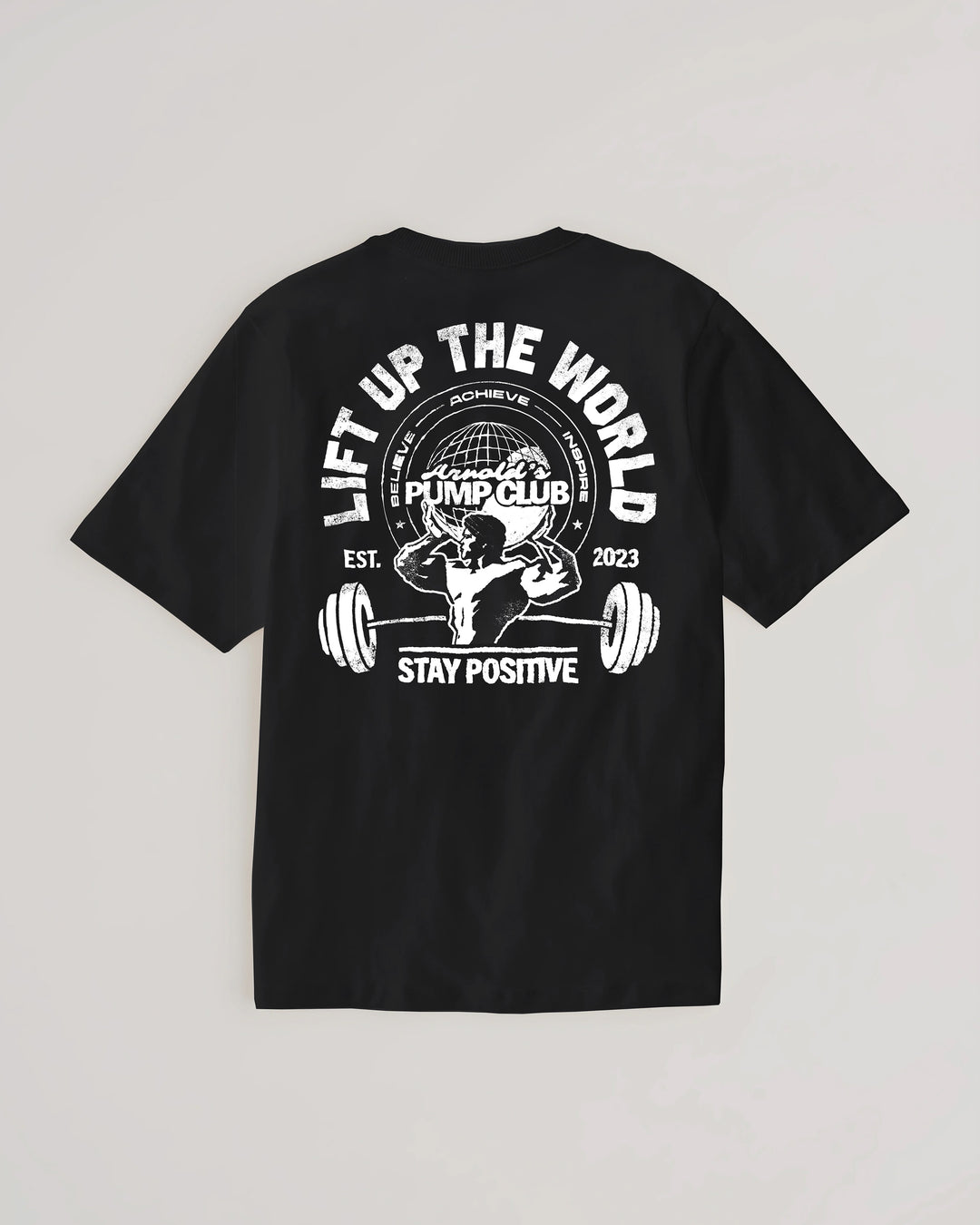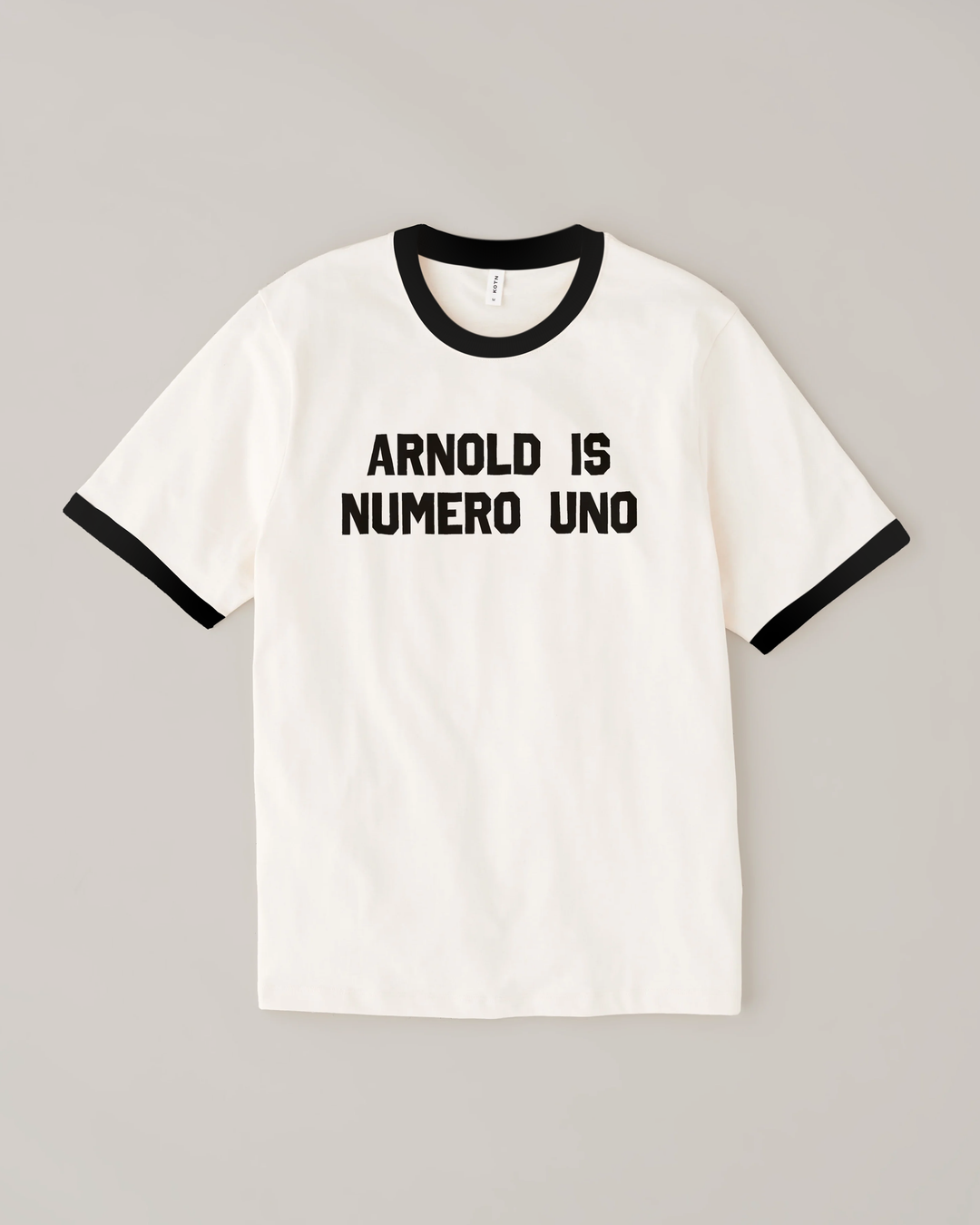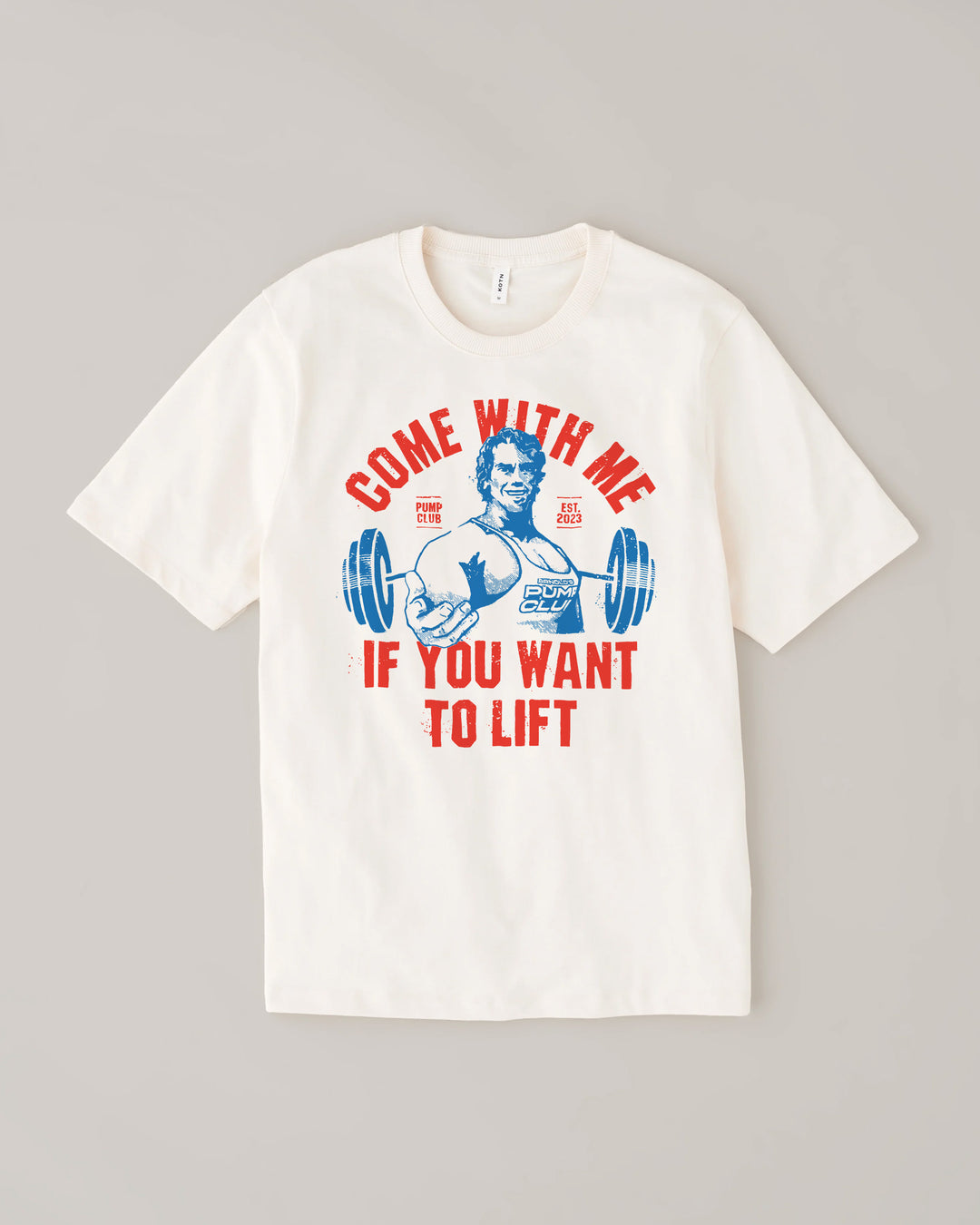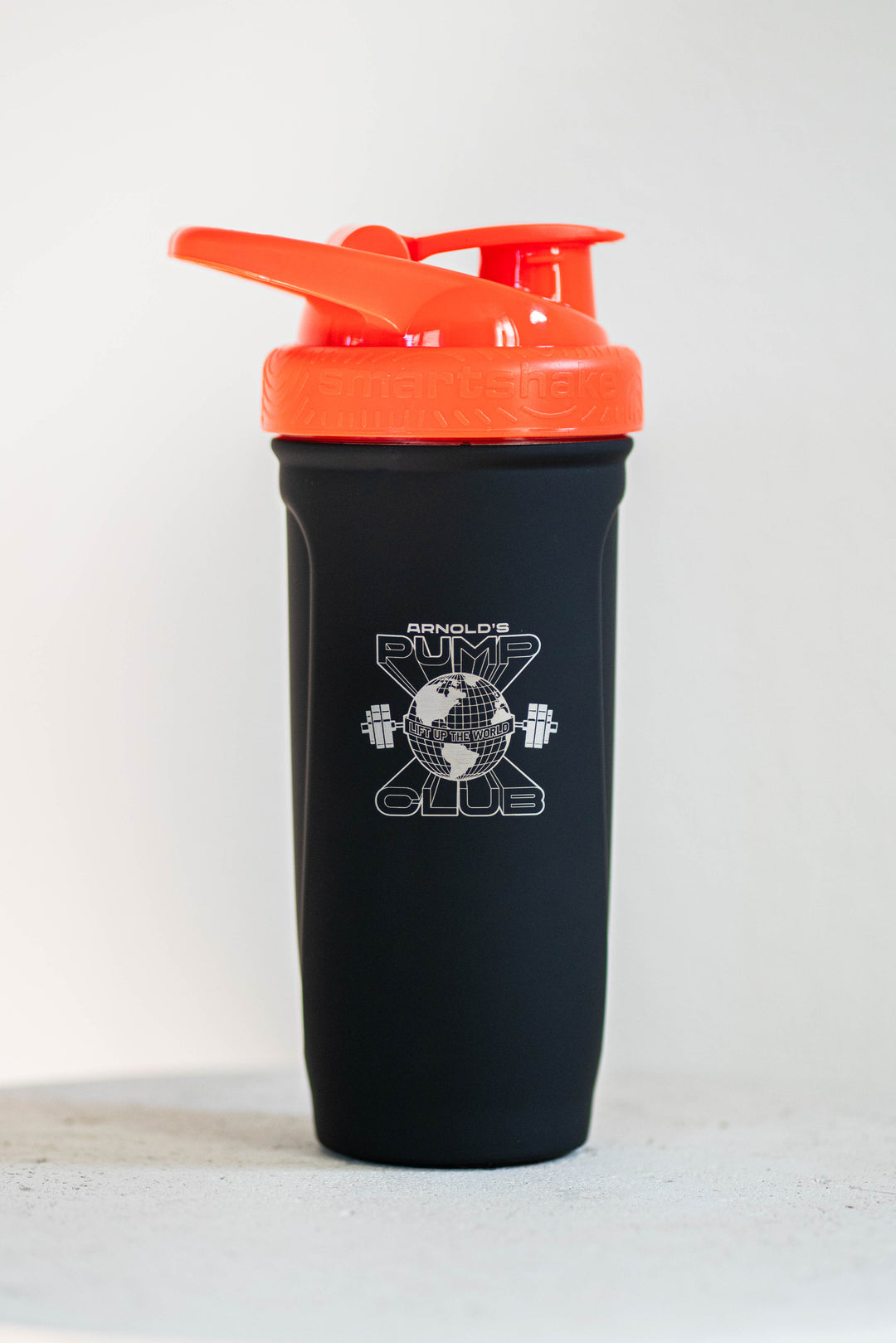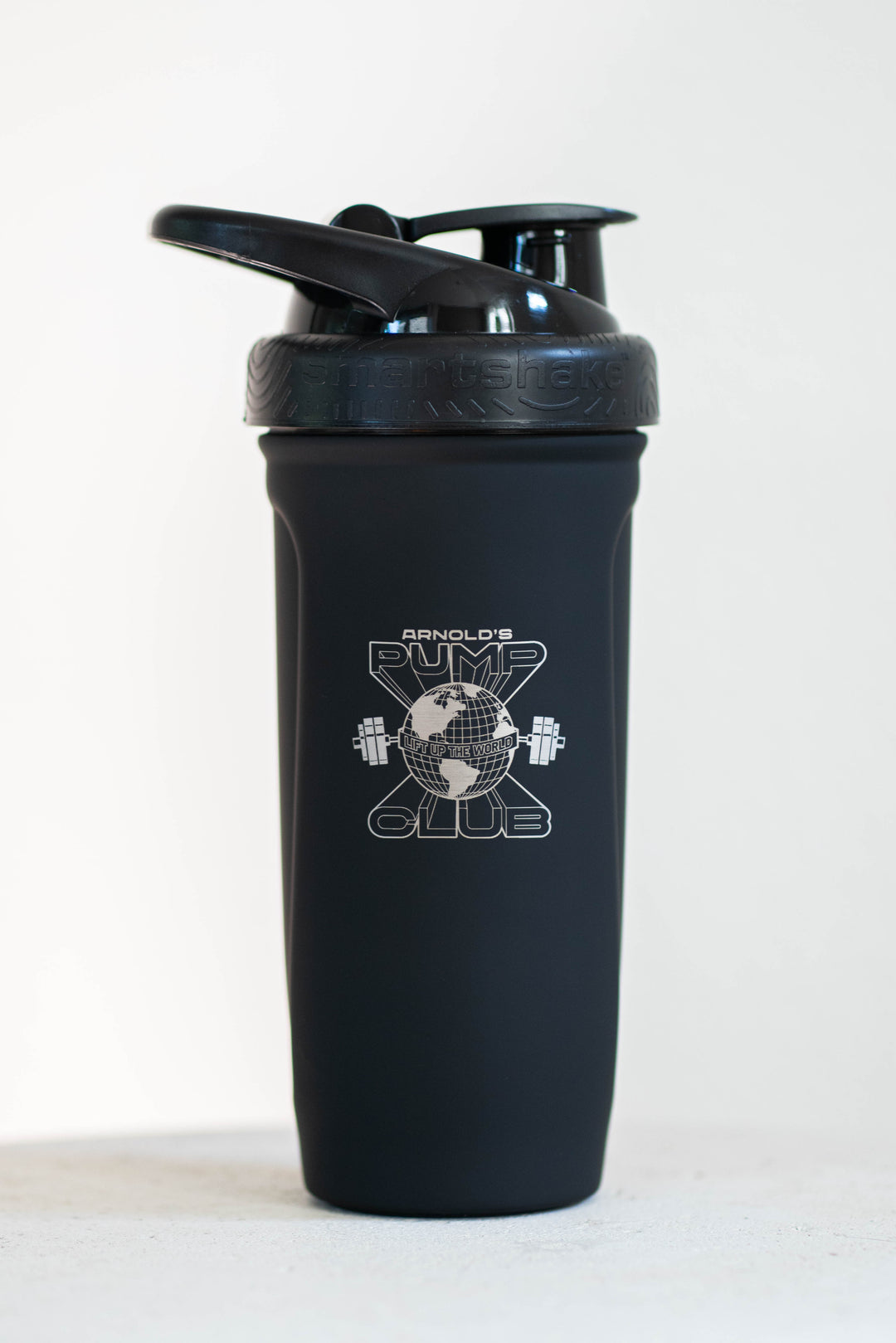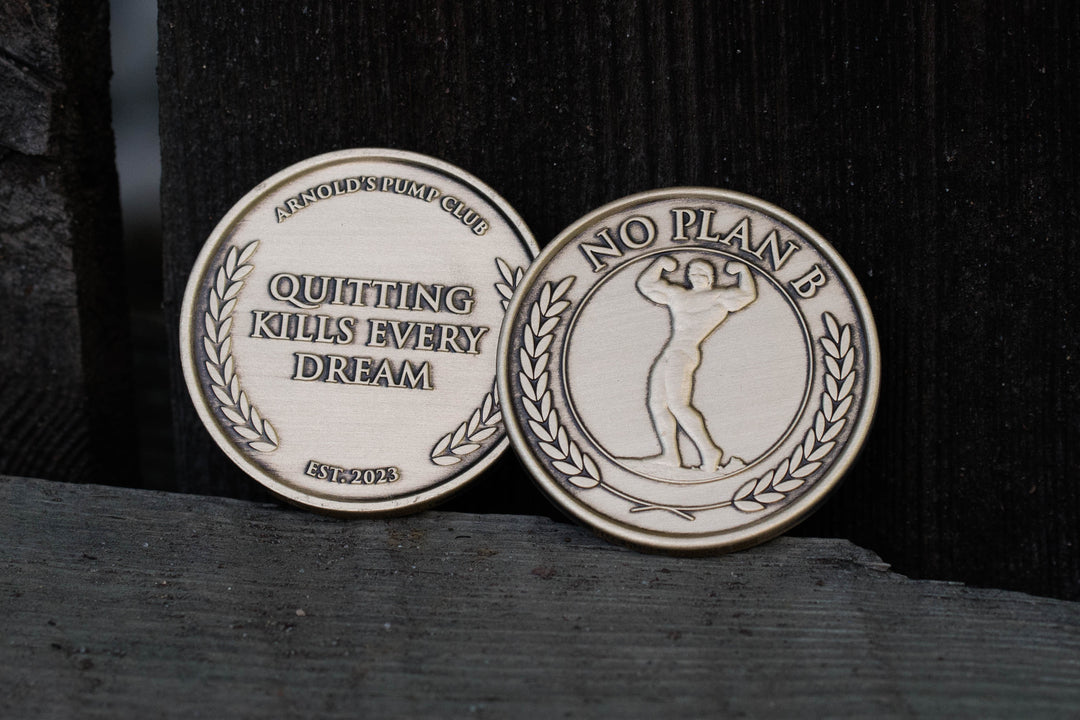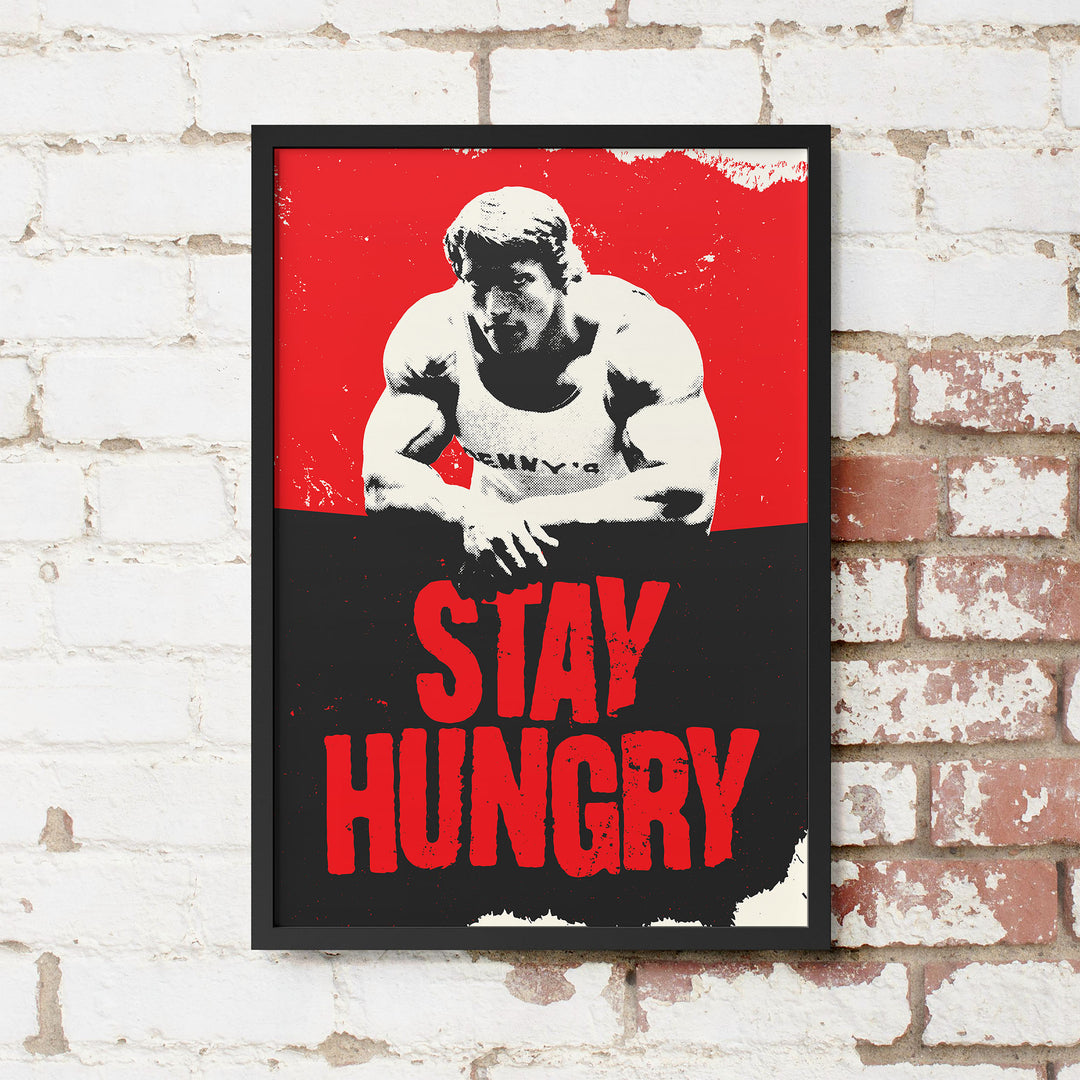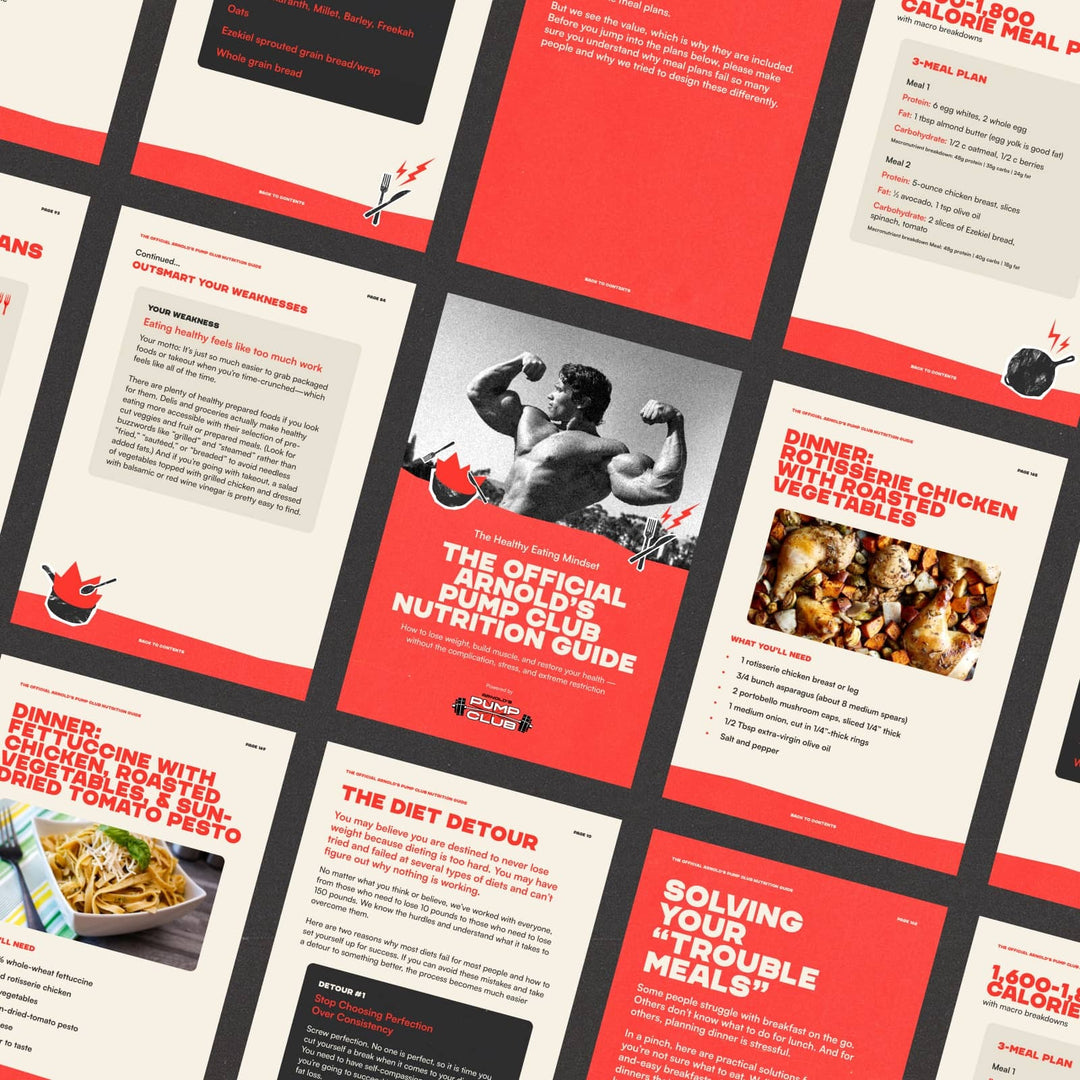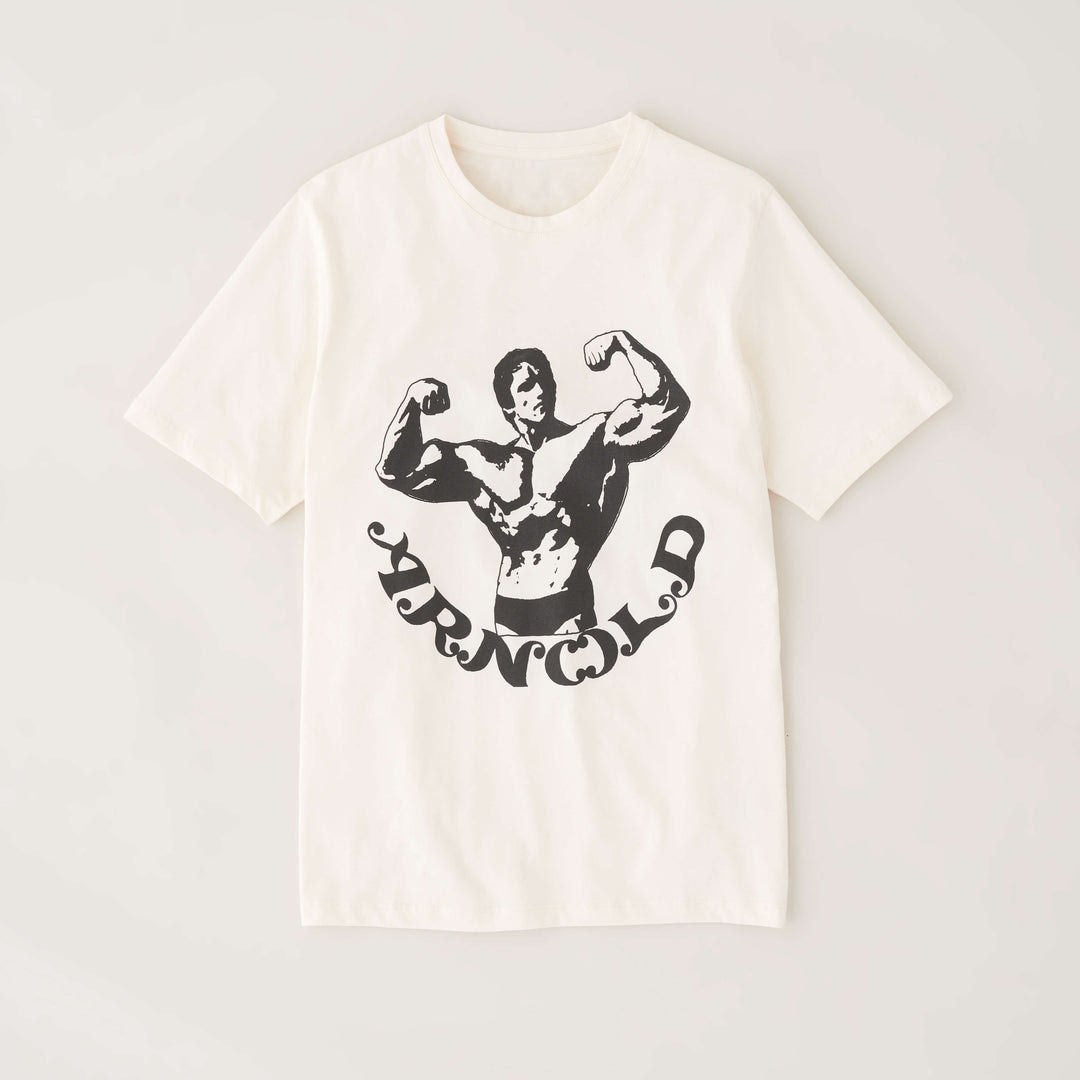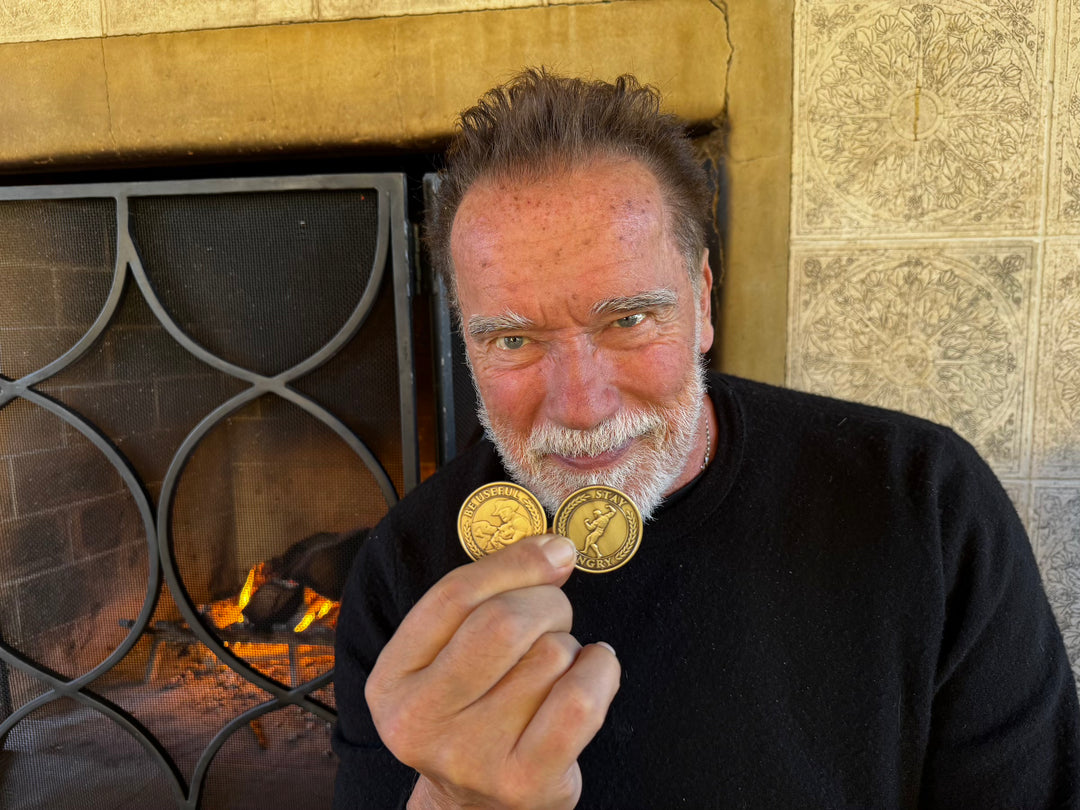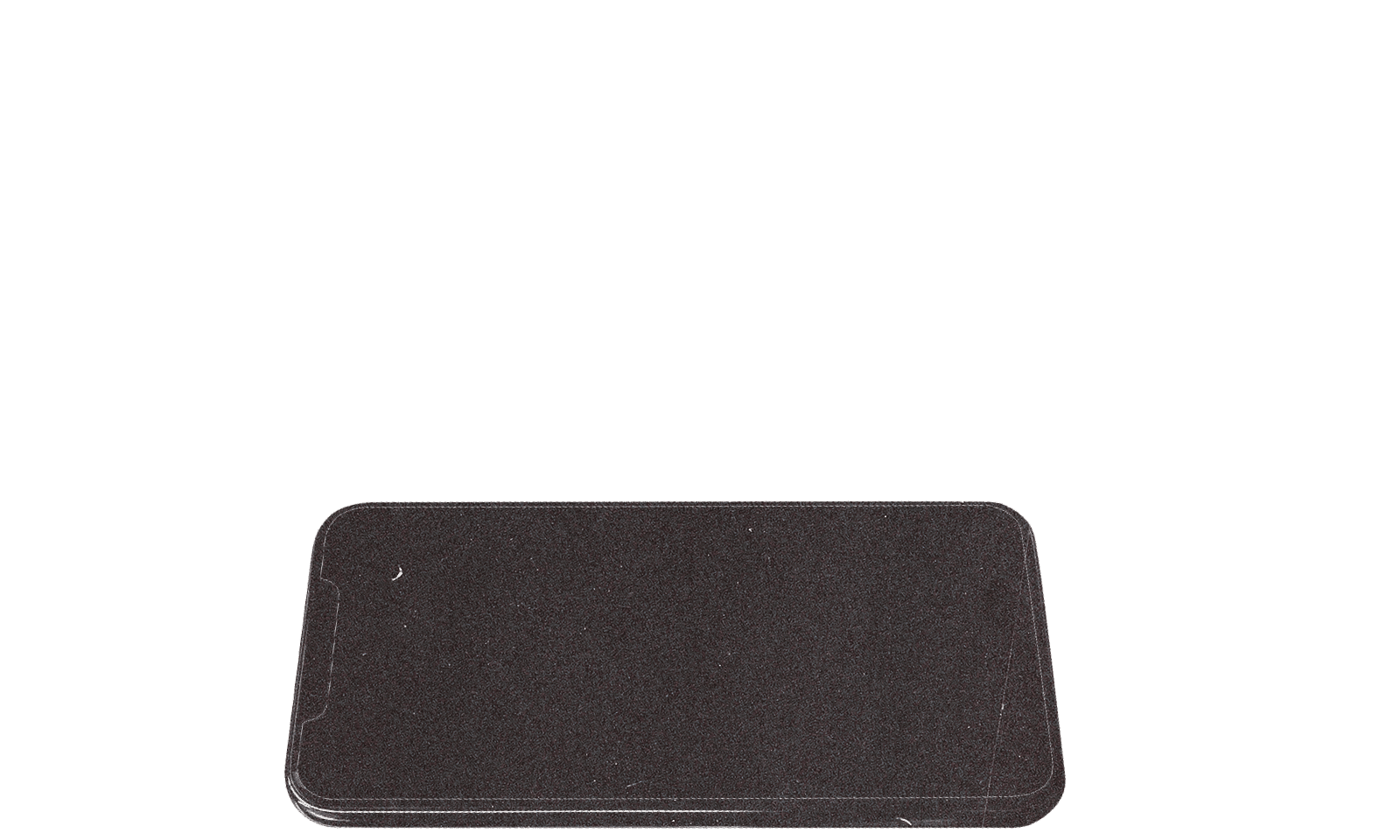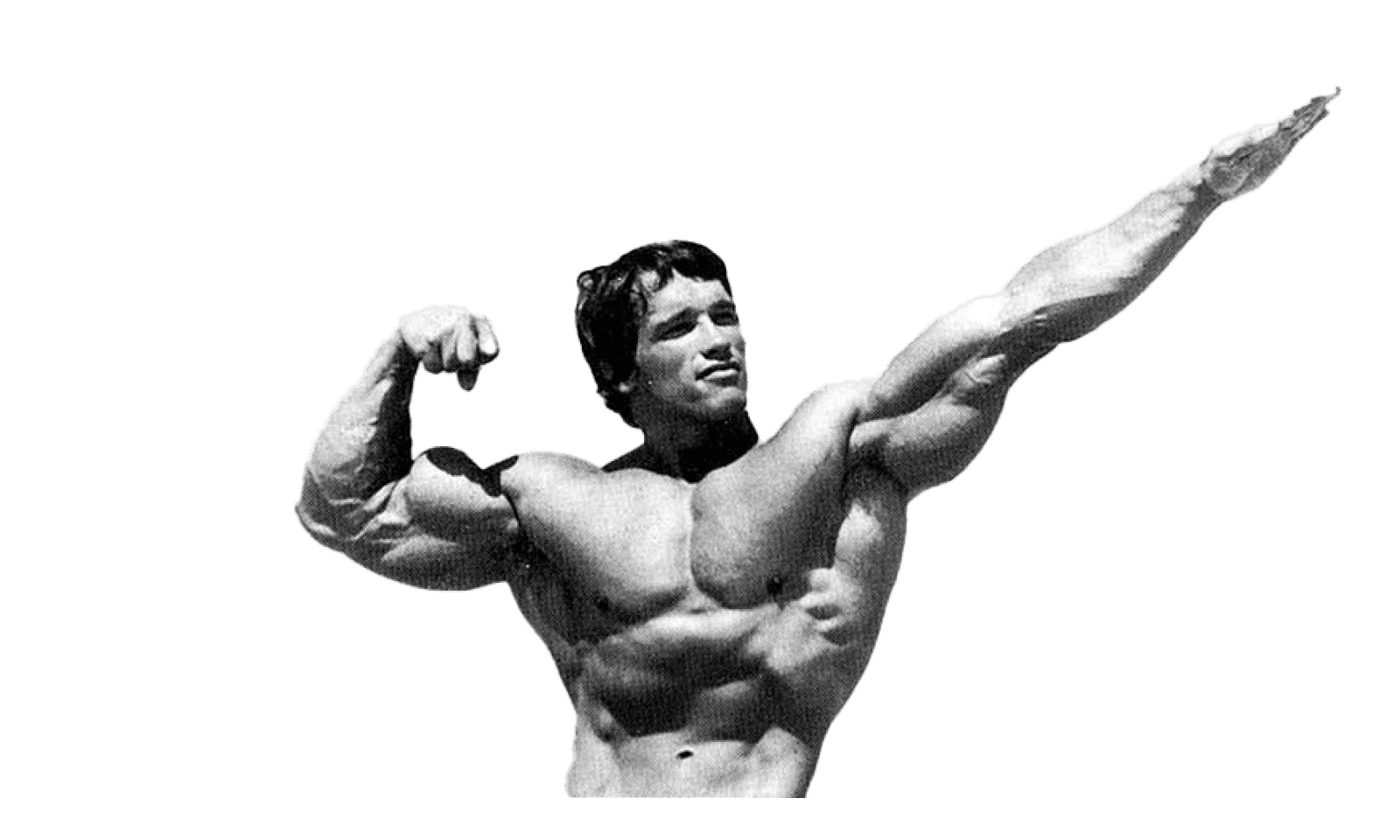Welcome to the positive corner of the internet. No one likes to feel tricked, especially about their health. That’s why every weekday, we make sense of the confusing world of wellness with quick tips designed to make you healthier in less than 5 minutes. If you were forwarded this message, you can get the free daily email here.
Today’s Health Upgrade
Arnold’s Monday Motivation
Are you eating too much protein?
Workout of the week
Arnold’s Podcast
Want more stories from Arnold? Every day, Arnold’s Pump Club Podcast opens with a story, perspective, and wisdom from Arnold that you won’t find in the newsletter. And, you’ll hear a recap of the day’s items. You can subscribe on Apple, Spotify, Google, or wherever you listen to podcasts.
Arnold’s Monday Motivation: Not This Year
43 percent.
That’s how many people give up on the resolutions they set at the beginning of the new year by February.
Think about that. It takes one month to cause almost half of the people to give up on something that mattered to them.
Now that we’ve gotten through January and into February, let’s all say it together:
Not this year.
This isn’t the year for quitting.
Whether you set out to lose weight, gain strength, learn a language, spend less time on your machines, read more, meditate or pray more — whatever it was that inspired you in January, I’m not letting you give up.
You’re going to do it this year. You’re going to stick to it.
You might have quit because you didn’t see the progress you wanted in 31 days. Let me be totally honest with you because I think most of the influencers you see online aren’t: you are never transforming yourself in a month.
Transformation takes time, effort, and routine. Nobody likes to tell you that because selling those things is hard. But it is the truth. My goal isn’t for you to get into fitness so you get ripped in a month. My goal is for you to be like me, still slaving away in the gym in your 70s because you love it and know that health takes work.
You might have quit because your goals were too aggressive. I know, I’m the big vision guy, so that might be surprising to hear. But if your vision is to be someone who reads more books, then you need the blueprint. You look at where you are now and where you want to be. The blueprint should be smaller goals. If you don’t read every day now, the goal can be to read 5 or 10 minutes a day. The goals on the way to your vision must be achievable so you don’t create failure.
Don’t say you’re going from never reading to reading a book every week, or you’re going from never walking to walking 10,000 steps a day. Set a smaller goal between where you are now and your vision. Once you make it a routine, which probably takes a couple of months, and it feels automatic, then you can grow. Have a big vision but small goals.
And you might have quit because you didn’t declare victory enough and celebrate your progress. I know a lot of people who will go and do a workout or avoid unhealthy foods and just act like machines. They don’t celebrate. I believe in celebrating every victory. It fuels your next one. I never go a day without declaring victory for something. Celebrate yourself to keep yourself going.
Now, it’s February 5. You could wait for the start of a month, or you could wait until next year. But why not restart now? Say it with me:
Not this year.
This year, I want all of you to stick with it. To learn the power of creating a routine and growing it as you celebrate more and more victories. You deserve it.
We’ve got a special deal right now: if you join The Pump app and sign up for an annual membership, you get a $100 gift for Momentous supplements. It basically makes your year of commitment free, depending on the fees in your country.
In The Pump, we have everything I just talked about here. No 30-day programs; we help you commit to a 90-day program and make you stick to it. You never have to think about your training. There is also a community where everyone constantly celebrates their wins (and discusses their struggles). And there is an action tracker to track your daily habits, like reading for 10 minutes or walking 5,000 steps. There are exclusive articles, Q&As, and so much more.
Give it a try. Download the app and start the 7-day free trial to see for yourself. Anyone who purchases an annual membership and keeps it beyond the trial receives the $100 gift. (But we are limited to 5,000 total gifts.)
Even if you don’t go for The Pump, I demand that you make this year the year you refuse to quit. Use whatever tools you have. Use our free workouts every Monday. Use the info we share here every day.
We’ve gotten too used to quitting on ourselves.
Not this year.
Are You Eating Too Much Protein?
Editor’s note: A recent article by Vox suggested people are overeating protein. Our job is to ask hard questions and give you the information you need to help you be healthy and avoid the stress caused by misinformation. So we reached out to one of the leading experts on protein research — Alan Aragon (he writes a fantastic research review every month) — and here’s what he shared with us. Because our job isn’t to be right; it’s to get it right and provide more clarity.
It’s hard enough to be healthy, but when seemingly informed reporters suggest you’re putting your body in danger by overeating protein, it makes it even harder to know what to eat. Before we go into the claims, let’s start with what matters:
Research suggests that higher amounts of protein are safe and support healthy living, muscle gain, fat loss, and aging.
The author filled the article with misinformation based on the National Academy of Sciences' Recommended Dietary Allowance (RDA) for protein, which is 0.8 g/kg (0.36 g/lb). This guideline was established in 1980, so it ignores the last four decades of research. An essential part of science is evolving as we learn. We used to drill holes in people’s heads to cure mental illness, but we stopped that because the research showed it was wrong. We’ve learned a lot over the last 40 years, and despite claims in the article that you don't need to worry about getting enough protein unless you're "pretty ambitious about bodybuilding," everyone benefits by making protein a priority.
Updated systematic reviews and meta-analyses (you can read them here and here) — the most valued studies that represent data from multiple studies and provide protein requirements across a range of populations (untrained, resistance-trained, younger, and older adults) — have arrived at a similar conclusion: The "sweet spot" of daily protein intake for clinical health, body composition, and exercise performance requires you to eat 100 percent more protein per day than what’s suggested by the outdated RDA recommendation.
Consuming double the RDA (1.6 g/kg or 0.7 g/lb) ensures the capacity to build muscle and strength in energy surplus conditions and retain muscle mass in hypocaloric (dieting) conditions. The clinical benefits of eating double the protein of the RDA in weight loss scenarios include greater blood glucose control and blood lipid profile improvements compared to lower amounts. Importantly, this guideline applies to older adults in the 60s, 70s, and beyond, the fastest-growing population worldwide. Those interested in a deep dive into protein dosing to overcome age-related anabolic resistance can have this secret link to the full text of a recent paper I co-authored with Brad Schoenfeld and the late great Kevin Tipton.
It's worth noting that protein requirements can be even greater if you want to optimize athletic outcomes when you’re eating fewer calories. A systematic review determined that in lean, resistance-trained athletes sustaining an energy deficit, eating 2.3 to 3.1 g/kg of fat-free mass (approximately 1.9-2.6 g/kg, or 0.9-1.2 g/lb of total bodyweight) was required to preserve muscle mass.
If you want to consume the lowest amount of protein while prioritizing your health, a research-based case can be built for a daily protein intake ranging from 1.2 to 1.6 g/kg (0.54-0.7 g/kg). This is for the general population interested in maintaining health but not necessarily optimizing muscle maintenance or growth. If this is your goal, you should still eat at least 50 percent more protein than what was claimed in the Vox article. And remember, research suggests that higher-protein diets do not cause kidney problems, so there’s no need to fear that outcome.
Workout of the Week
Two of the Pump App's most popular articles are “First Set Mindset” and “How to Maximize Muscle.” In it, we explore the importance of mechanical tension and intensity and recruiting motor units. This is a measure of activating your muscles and helping them grow. To do so, you need to push hard — and do so before fatigue completely wipes out your ability to maximize recruitment.
In one post, we shared:
This is what most people don't understand. Every rep you perform does NOT directly contribute to muscle growth, but every rep plays an important role. In reality, only the last few reps of any set — assuming you are close to failure — produce enough force to maximize mechanical tension to force muscular growth.
And, at some point, just beating your muscles means that fatigue is so high that you're no longer maximizing mechanical tension. It's why volume is important to growth, but infinite volume does not mean endless growth. Not to mention, the more you fatigue, the more likely form is to break down, your muscles don't keep the tension (joints and ligaments get more involved), and injury is more likely.
The approach is the “first-set mindset.” Once your warmups are done, you want to push your hardest on the first sets before fatigue takes over. The workout is designed to get the most out of every set because the movements become easier as the workout progresses. So, in round one, the movements are most difficult, a little less challenging in round 2, and then less challenging in round 3. This way, as fatigue builds, you’ll still be able to push hard, maximize motor recruitment, and make the most of your workout.
How to do it:
Perform one set of each exercise in round 1. Then rest for 3 minutes. Move to round 2, do each exercise, and rest another 3 minutes. And then repeat for the final round. If you’re short on time, do the exercises as a circuit, performing one after the other. If you truly want to maximize recruitment, prioritize recovery and rest 3 minutes between exercises. Both ways will be effective, but more rest will help manage fatigue and increase the intensity.
Round 1
Rear-foot elevated split squat: 6-8 reps
Incline dumbbell press: 6-8 reps
Chest-supported dumbbell row 6-8 reps
Kickstand deadlift: 6-8 reps
3 minutes rest
Round 2
Dumbbell squat: 6-8 reps
Flat dumbbell press: 6-8 reps
Bent-over dumbbell row: 6-8 reps
Straight-leg deadlift: 6-8 reps
3 minutes rest
Round 3
Bodyweight squat: 10-20 reps
Pushup: 10-20 reps
Inverted row: 10-20 reps
Glute bridge walkout 10-20 reps
Give it a try, and let us know how it goes! Here’s wishing you all a fantastic week ahead.
—
Publisher: Arnold Schwarzenegger
Editors-in-chief: Adam Bornstein and Daniel Ketchell


